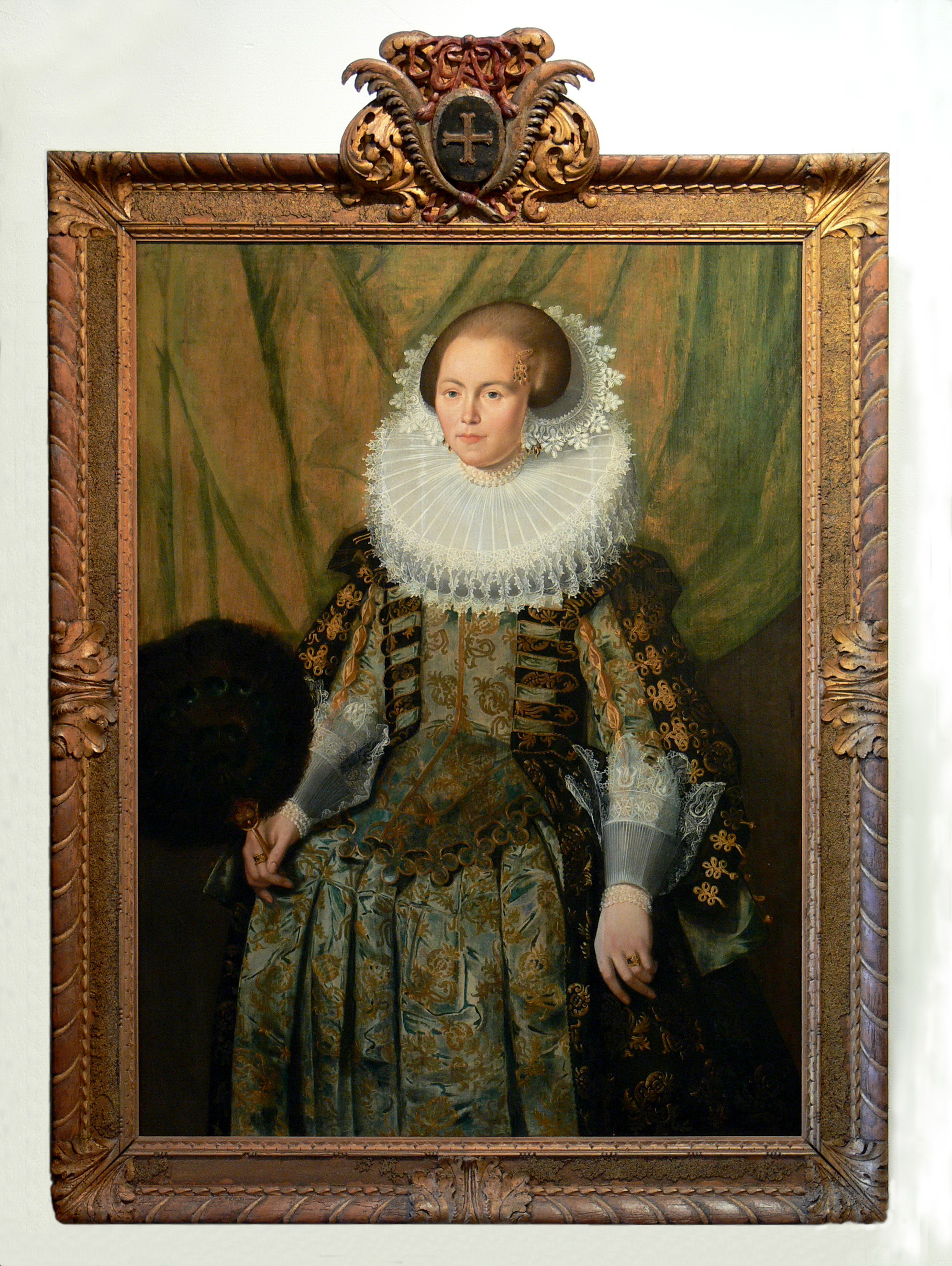Eva Ment on:
[Wikipedia]
[Google]
[Amazon]
 Eva Ment (1606 - 1652), was a
Eva Ment (1606 - 1652), was a
The Social World of Batavia: Europeans and Eurasians in Colonial Indonesia
' * Ulbe Bosma,Remco Raben,
Being "Dutch" in the Indies: A History of Creolisation and Empire, 1500-1920
' {{DEFAULTSORT:Ment, Eva 1606 births 1652 deaths 17th-century Dutch East Indies people Dutch colonial governors and administrators Emigrants from the Dutch Republic People from Amsterdam
 Eva Ment (1606 - 1652), was a
Eva Ment (1606 - 1652), was a Dutch
Dutch or Nederlands commonly refers to:
* Something of, from, or related to the Netherlands
** Dutch people as an ethnic group ()
** Dutch nationality law, history and regulations of Dutch citizenship ()
** Dutch language ()
* In specific terms, i ...
governor
A governor is an politician, administrative leader and head of a polity or Region#Political regions, political region, in some cases, such as governor-general, governors-general, as the head of a state's official representative. Depending on the ...
's wife.
She was born to the brewer Claes Corneliszoon Ment and Sophia Benningh (1561-1627). She married in 1625, to the official Jan Pieterszoon Coen
Jan Pieterszoon Coen (; 8 January 1587 – 21 September 1629) was a Dutch naval officer of the Dutch East India Company (VOC) in the early 17th century, holding two terms as governor-general of the Dutch East Indies. He was the founder of ...
(1587-1629), governor general of Batavia, in 1632 to Louwissen Marinus van Bergen (1598-1645) and in 1646 to Isaac Buys (1618-1684).
She was raised in Amsterdam. When the former governor of Batavia Jan Pieterszoon Coen was due to return to the East Indies
The East Indies (or simply the Indies) is a term used in historical narratives of the Age of Discovery. The ''Indies'' broadly referred to various lands in Eastern world, the East or the Eastern Hemisphere, particularly the islands and mainl ...
, he married her and took her with him on his return from the Netherlands. The purpose of the marriage was explicitly to make his wife a part of his policy to expand the Dutch colony of Batavia with the immigration of Dutch women to marry male colonists and both lay the foundation of a Dutch population there, as well as, implement a culturally Dutch society in the colony, with Dutch women who maintained Dutch customs in Batavia after the example of the governor's wife, who were to set example by using her position as the first lady of the colony as the leading missionary of Dutch civilization.
Eva Ment accompanied her spouse in company of her daughter, mother, sister and brother in 1627, and settled in Batavia. In Batavia, she set example for all following governor's wives by playing a role similar to a queen: she was provided official ladies-in-waiting
A lady-in-waiting (alternatively written lady in waiting) or court lady is a female personal assistant at a court, attending on a royal woman or a high-ranking noblewoman. Historically, in Europe, a lady-in-waiting was often a noblewoman but ...
and attended all official ceremonies of importance. Though her tenure as governor's wife was short, she made a great impact and was regarded as a role model for Dutch women in the colony, and the life of the Dutch women in Batavia were to become legendary in the 17th century for its luxurious and liberal lifestyle. She took her assignment as a social role model seriously and engaged heavily in societal issues: her most famous project was that she arranged for the upbringing of the illegitimate daughters of Dutch men and Asian women who were taken as foster
Foster may refer to:
People
* Foster (surname)
* Foster Brooks (1912–2001), American actor
* Foster Moreau (born 1997), American football player
* Foster Sarell (born 1998), American football player
* John Foster Dulles (1888–1959), America ...
daughters by the Dutch East India Company
The United East India Company ( ; VOC ), commonly known as the Dutch East India Company, was a chartered company, chartered trading company and one of the first joint-stock companies in the world. Established on 20 March 1602 by the States Ge ...
to become wives of the colonists (among them Sara Specx).
When she became a widow, she was asked by the Dutch East Indian company to remain and continue her work in the colony, but she declined the offer and returned to Amsterdam, where she remarried twice. In 1632, a new policy was introduced in Batavia: because Dutch women generally had too high demands on luxury and additionally often wished to return to the Netherlands rather than to settled permanently in the colony, which prevented real growth of the colonist population, female immigration to the Dutch East Indies was almost banned (with the exception of the wives and daughters of officials), a reform which was kept until 1869, and the male colonists were instead encouraged to free and marry their Asian slaves, who had lower demands on luxury and who did not wish to live in the Netherlands.
References
*Jur van Goor, Ment, Eva, in: Digitaal Vrouwenlexicon van Nederland. URL: http://resources.huygens.knaw.nl/vrouwenlexicon/lemmata/data/Ment 3/01/2014 * Jean Gelman Taylor,The Social World of Batavia: Europeans and Eurasians in Colonial Indonesia
' * Ulbe Bosma,Remco Raben,
Being "Dutch" in the Indies: A History of Creolisation and Empire, 1500-1920
' {{DEFAULTSORT:Ment, Eva 1606 births 1652 deaths 17th-century Dutch East Indies people Dutch colonial governors and administrators Emigrants from the Dutch Republic People from Amsterdam